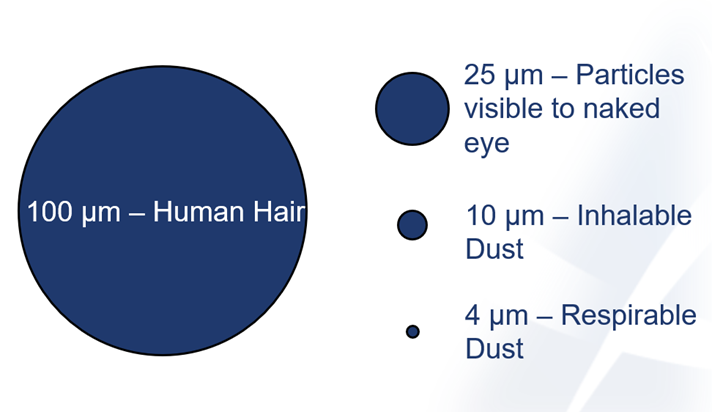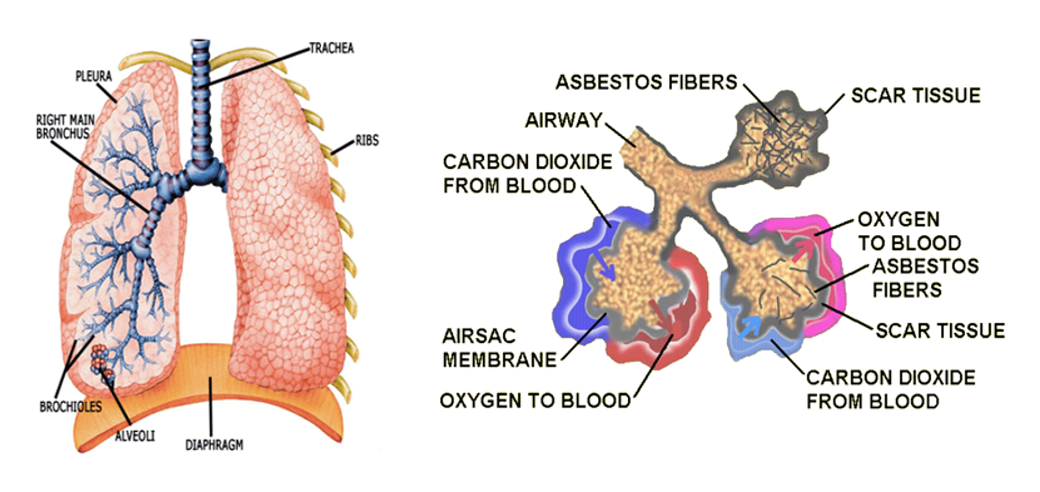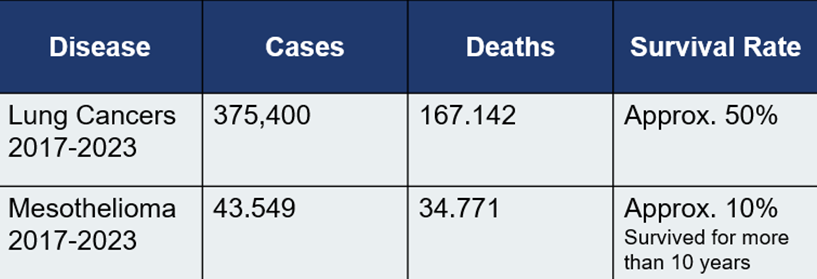Lions, Witches, Wizards and… Asbestos ‘Snow’?!

With Christmas approaching and the release of the new “Wicked” movie, there’s renewed interest in the fake ‘snow’ used in the original “The Wizard of Oz” (1939). As asbestos experts, we want to provide an overview of why asbestos was used as fake snow, its effects on health, and why it is (and was) so dangerous.
Why was asbestos used as fake snow?
Just look at it. Chrysotile asbestos can appear fluffy, flaky and white, much like snow. It’s cheap and nearly indestructible, which means accidental ignition in the home is unlikely. So, it must be safe, right? Absolutely not!

Which films used fake snow and other asbestos-containing materials?
It’s very interesting that “The Wizard of Oz” emerges whenever the topic of fake asbestos snow comes up. In fact, it was probably used in most sets requiring fake snow in that era. Yes, “The Wizard of Oz” (1939) is the most popular of the many films where asbestos snow was used, but the list is long. Other films include “It’s a Wonderful Life” (1946), “Citizen Kane” (1941), and “White Christmas” (1954), to name a few.

One vital point worth noting is the dates of these films. They were all made before the UK banned asbestos in 1999. In the US, the ban on chrysotile asbestos only came into effect in March 2024. Despite this, the dangers of asbestos have been more widely recognised than they were over 80 years ago (one would hope!). The slow pace of banning asbestos in the US is a topic worth exploring in a separate article. Factors such as industry influence, legal battles, and other complexities will have contributed to the delay in legislative action.
A film we mention in our Asbestos Awareness course is “The World’s Fastest Indian” (2006). While asbestos wasn’t used for snow in this film, it’s noted that Burt Munro wrapped asbestos cloth around his legs to prevent burns from the exhaust pipe. Similarly, in “Le Mans” (1971), Steve McQueen wore racing suits and helmets lined with asbestos. Asbestos was commonly used in racing gear and car components due to its heat resistance… but we digress!
Not just for the big screen
You could actually buy a bag of ‘snow’ from a shop. Of course, this ‘snow’ was asbestos, which you might have used to decorate your house or for other purposes throughout the year (perhaps you just really loved snow!). As we mentioned earlier, this material was ideal for the home: practically indestructible, fireproof, and resembling the real thing. It was likely very affordable and gave homes the festive touch people desired!
Why is it dangerous and what are the health effects?
This is where it gets nasty and underscores the importance of our coverage on asbestos ‘snow’ to raise awareness. Asbestos is extremely dangerous. Even when intact and not inhaled, it poses a risk. When inhaled, asbestos fibres, which are needle-like, can become lodged in the alveoli (air sacs) of the lungs. These fibres are incredibly small, making them invisible to the naked eye and only identifiable by a qualified asbestos analyst.

The human body is very clever and attempts to break down asbestos fibres. However, asbestos is nearly indestructible, even resistant to chemical attacks. This means the body’s defences fail to break the fibres down, eventually leading to scarring. This scarring can then lead to asbestos-related diseases, including pleural plaques, asbestosis, lung cancer, and mesothelioma.

Focusing on mesothelioma, this cancer affects the pleura (the lining of the lungs) and the peritoneum (the lining around the abdominal cavity). Like other asbestos-related cancers, it causes respiratory issues and can spread to other vital organs. The latency period (the time from exposure to illness) ranges from 10 to 60 years. This means that individuals exposed in the 1960s may only be developing symptoms now, in 2024.

Medical evidence now suggests that asbestos can lead to other illnesses such as stomach cancer, ovarian cancer, laryngeal cancer (throat voice box), pharyngeal cancer (head and neck), and colon cancer (bowel). Recently, it has emerged that women in the UK are planning to sue a reputable talc brand, claiming that the talc (which can be contaminated with asbestos) caused ovarian cancer. This is likely a good topic to cover in a future article!
Did the cast of “The Wizard of Oz” die from asbestos-related illnesses?
Although the cast was exposed to asbestos, it is difficult to find evidence of any deaths specifically caused by asbestos. This could be due to advancements in medical detection of such illnesses. Judy Garland, unfortunately, faced other issues that led to her passing. We wouldn’t have liked to have been an actor on that set. Buddy Ebsen, who originally played the Tin Man, suffered from aluminium dust poisoning. Margaret Hamilton, who played the Wicked Witch of the West, experienced severe burns from pyrotechnic stunts. It was truly a health and safety nightmare!
Follow the yellow brick road to a safer future!
Thankfully, we’re living in a modern age where we are much more aware of the dangers of hazardous substances and their effects on the body. It’s important to remember that these risks, particularly with asbestos, are still real but present in other forms (not snow)! If you would like to learn more about asbestos, its use in products and films, and the health implications, you can book an Asbestos Awareness training session with G&L Consultancy. Sessions are available online, at one of our offices, or at your premises.
See available dates and book: Asbestos Awareness – G&L Consultancy Training and Asbestos Management
Got a question, or want to book onto a course? Email: training@gnl.org.uk





